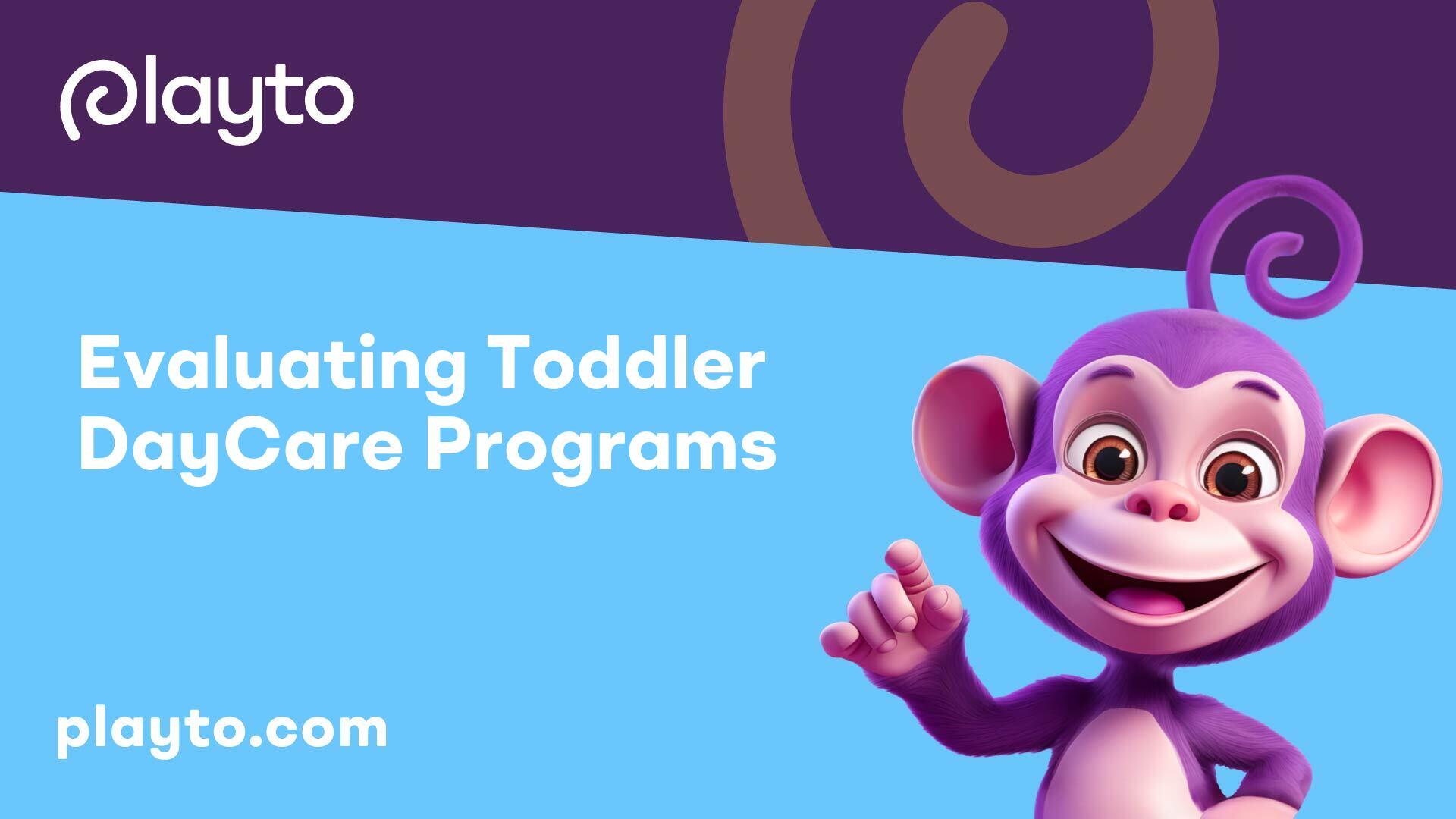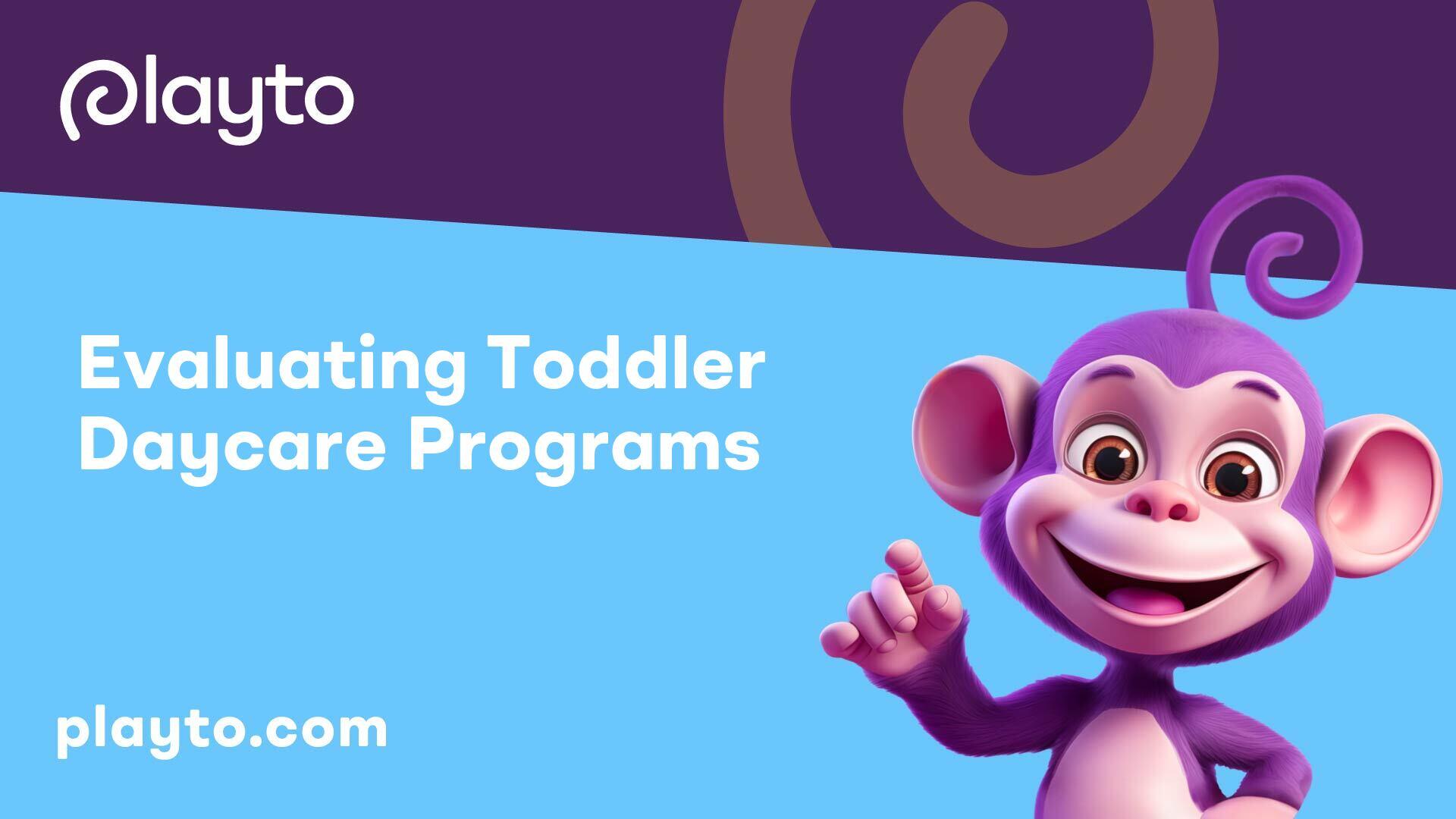
Evaluating Toddler Daycare Programs
When assessing toddler daycare programs, it is essential to consider various factors that can impact the quality and safety of the childcare provided. Two key aspects to evaluate in toddler daycare programs are the importance of licensing and the staffing requirements and ratios.
Importance of Licensing in Daycare
Licensing is a critical aspect of toddler daycare programs as it serves to regulate and maintain the quality of childcare services. In the United States, state and territorial governments establish and enforce licensing requirements to ensure that child care programs meet minimum health and safety standards. This regulation is vital for safeguarding children's well-being while in daycare settings [1].
By adhering to licensing standards, daycare programs demonstrate their commitment to providing a secure and nurturing environment for toddlers. Parents can have peace of mind knowing that licensed daycare facilities have met specific guidelines aimed at protecting the health and safety of the children under their care.
Staffing Requirements and Ratios
Another crucial aspect to consider when evaluating toddler daycare programs is the staffing requirements and child-to-staff ratios. Adequate supervision is essential to ensure that children receive individual attention and care while in a group setting. Requirements on staff-to-child ratios and group sizes are in place to guarantee children's safety and well-being within daycare programs.
Child development programs typically limit the number of children in a classroom and assign specific ratios to each adult to facilitate a safe environment, encourage social interaction, foster friendships, and enable quick responses to children's needs [2].
For instance, the National Association for the Education of Young Children (NAEYC) recommends a maximum group size of 20 children ages 4 and 5 with a ratio of 1:10. This ratio may vary if the majority of the class comprises 3-year-olds, where the maximum group size decreases to 18 children with a ratio of 1:9 [2].
When evaluating toddler daycare programs, it is crucial to ensure that the staffing requirements and child-to-staff ratios align with established standards to promote a safe, structured, and nurturing environment for toddlers during their time in daycare. Investing time in understanding these aspects can help parents make informed decisions when selecting the right daycare program for their children.
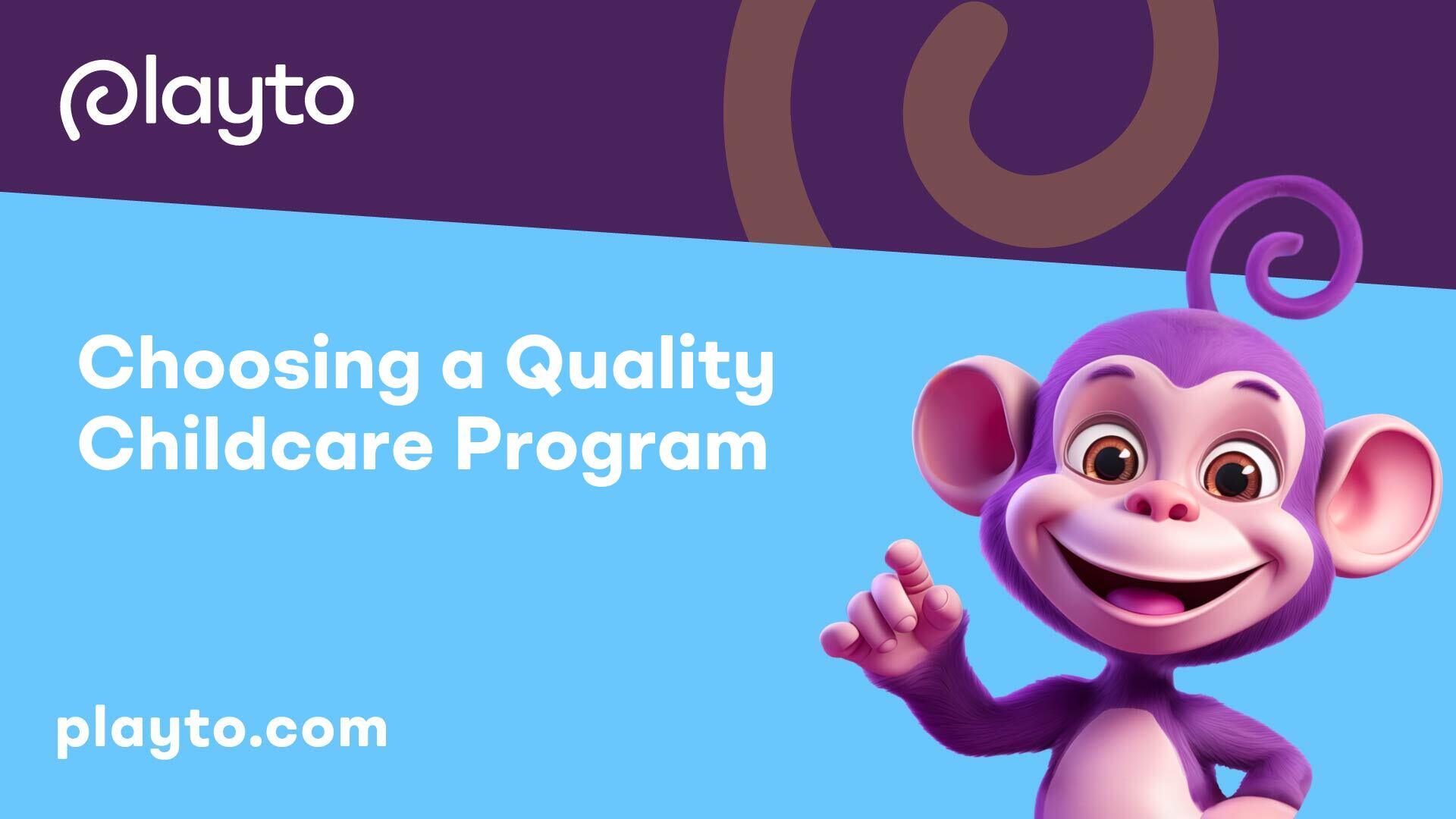
Choosing a Quality Childcare Program
When it comes to evaluating toddler daycare programs, selecting the right childcare program is paramount for the well-being and development of your child. Understanding the available options and strategies for behavior management can help guide your decision-making process. In this section, we will focus on two prominent childcare programs, namely Head Start and Early Head Start programs, and delve into effective behavior management strategies within daycare settings.
Head Start and Early Head Start Programs
Head Start and Early Head Start programs are federally funded initiatives that aim to provide comprehensive early childhood education, health, nutrition, and parent involvement services to low-income families. These programs focus on promoting school readiness and holistic development for children under the age of 5.
To locate a Head Start or Early Head Start program in your area, you can utilize the online Head Start program locator tool. Once you identify a program of interest, it is advisable to contact the program directly to inquire about the application process and services offered. When selecting a Head Start program, referencing resources like "Look, Listen, and Ask: Tips for Choosing a Quality Child Care Center" can provide valuable insights to ensure the program aligns with your child's developmental needs and your expectations.
Behavior Management Strategies
Behavior management in daycare settings is crucial for creating a safe, nurturing environment that fosters positive social interactions and learning experiences for toddlers. Establishing structured routines and schedules can promote security, confidence, and good behavior among children. Visual schedules are effective tools that help children stay focused and engaged in daily activities, enhancing their overall learning experience.
Implementing consistent behavior management strategies, such as positive reinforcement, clear expectations, and effective communication, can help toddlers understand boundaries and develop important social skills. Encouraging cooperative play, problem-solving, and emotional regulation techniques are essential components of a successful behavior management approach in daycare programs.
By embracing the principles of Head Start and Early Head Start programs and incorporating evidence-based behavior management strategies, you can ensure that your child receives high-quality care and educational support in a nurturing environment. Collaborating with childcare providers and staying involved in your child's daycare experience can further enhance their learning outcomes and overall well-being. For more information on how daycare prepares toddlers for preschool, visit our article on how daycare prepares toddlers for preschool.
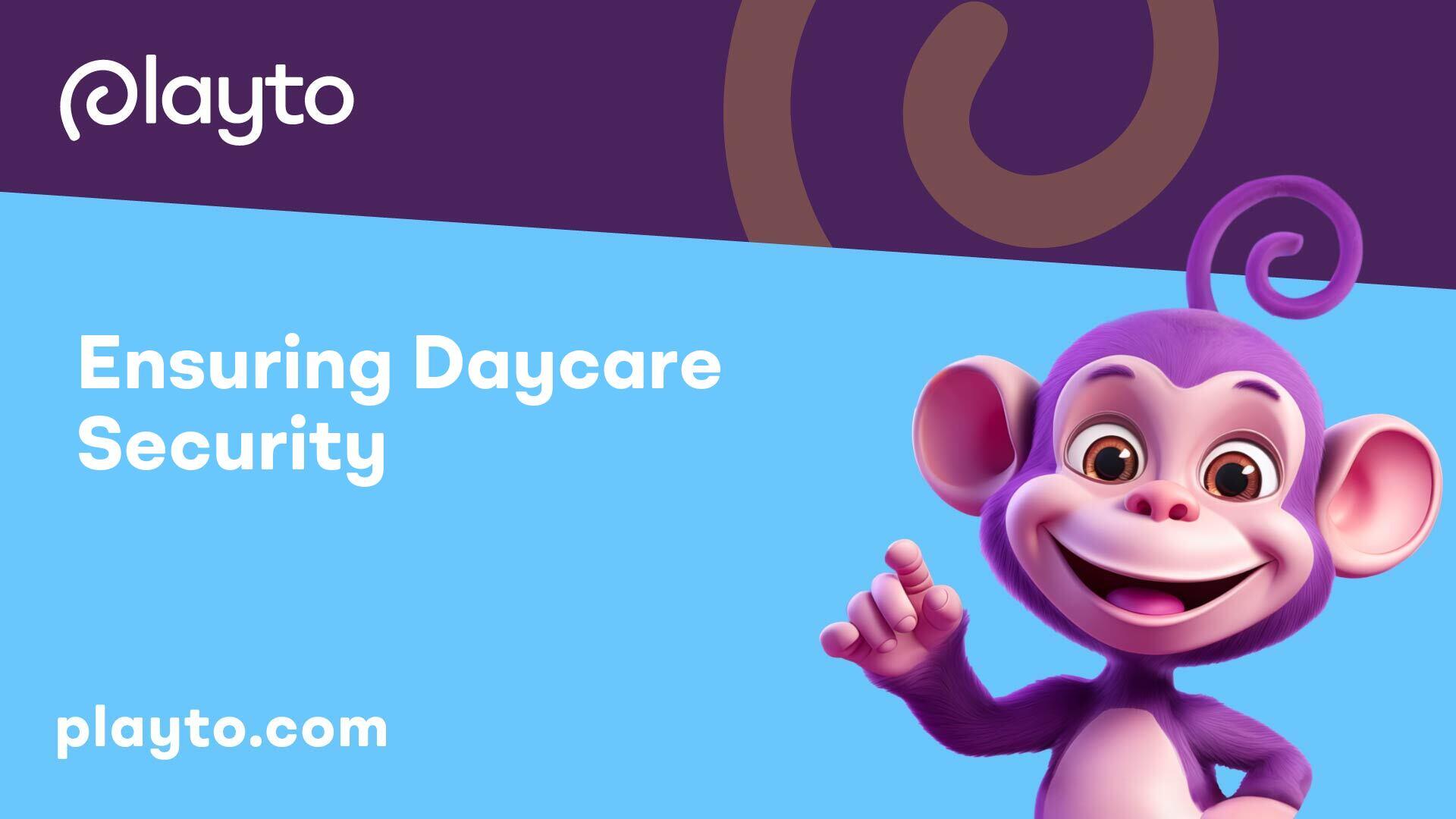
Ensuring Daycare Security
When it comes to ensuring the safety and well-being of children in daycare facilities, there are specific protocols and measures that must be in place to guarantee a secure environment. This includes conducting thorough background checks and implementing essential security measures within the daycare setting.
Background Checks and Screening
Criminal background checks are a mandatory requirement as part of child care licensing regulations, as outlined by federal law [1]. These checks, which may include fingerprint checks, are essential for all staff members in licensed child care programs and adult residents in family child care homes. The goal is to ensure that individuals have no history of child abuse or violence and are not listed on sex offender registries.
The comprehensive background checks play a crucial role in safeguarding children within daycare facilities. They provide parents with peace of mind knowing that their children are under the care of individuals who have passed stringent screening processes. These checks are an integral part of maintaining a secure and trustworthy environment for the children.
Essential Security Measures
Implementing essential security measures within daycare facilities is fundamental to maintaining a safe and protected environment for children. Facilities should adhere to a set of security protocols to mitigate potential risks and ensure the well-being of the children in their care.
Six critical daycare security measures include:
Security MeasureDescriptionSecurity CamerasInstalling cameras both inside and outside the facility for constant monitoring and surveillance.Controlled Access MethodsUtilizing electronic door locks, security gates, or digital systems to control access to the premises.Emergency Alert SystemsImplementing systems for swift communication during emergencies to ensure quick response and coordination.Staff Identification BadgesIssuing staff members with identification badges for easy recognition and to enhance overall security within the facility.Strict Pick-Up and Drop-Off ProceduresEnforcing strict procedures for pick-up and drop-off to verify the identity of individuals collecting the children.Attendance TrackingMaintaining systems for tracking attendance to keep a record of children within the facility at all times.
These security measures are designed to enhance the overall safety and security of daycare facilities, providing a protective environment for children while in their care.
In conclusion, regular review and updating of daycare security policies and procedures are crucial to ensure their effectiveness and relevance. By continually refining security measures, daycare facilities can uphold the highest standards of safety and security, offering peace of mind to children, families, and staff members.
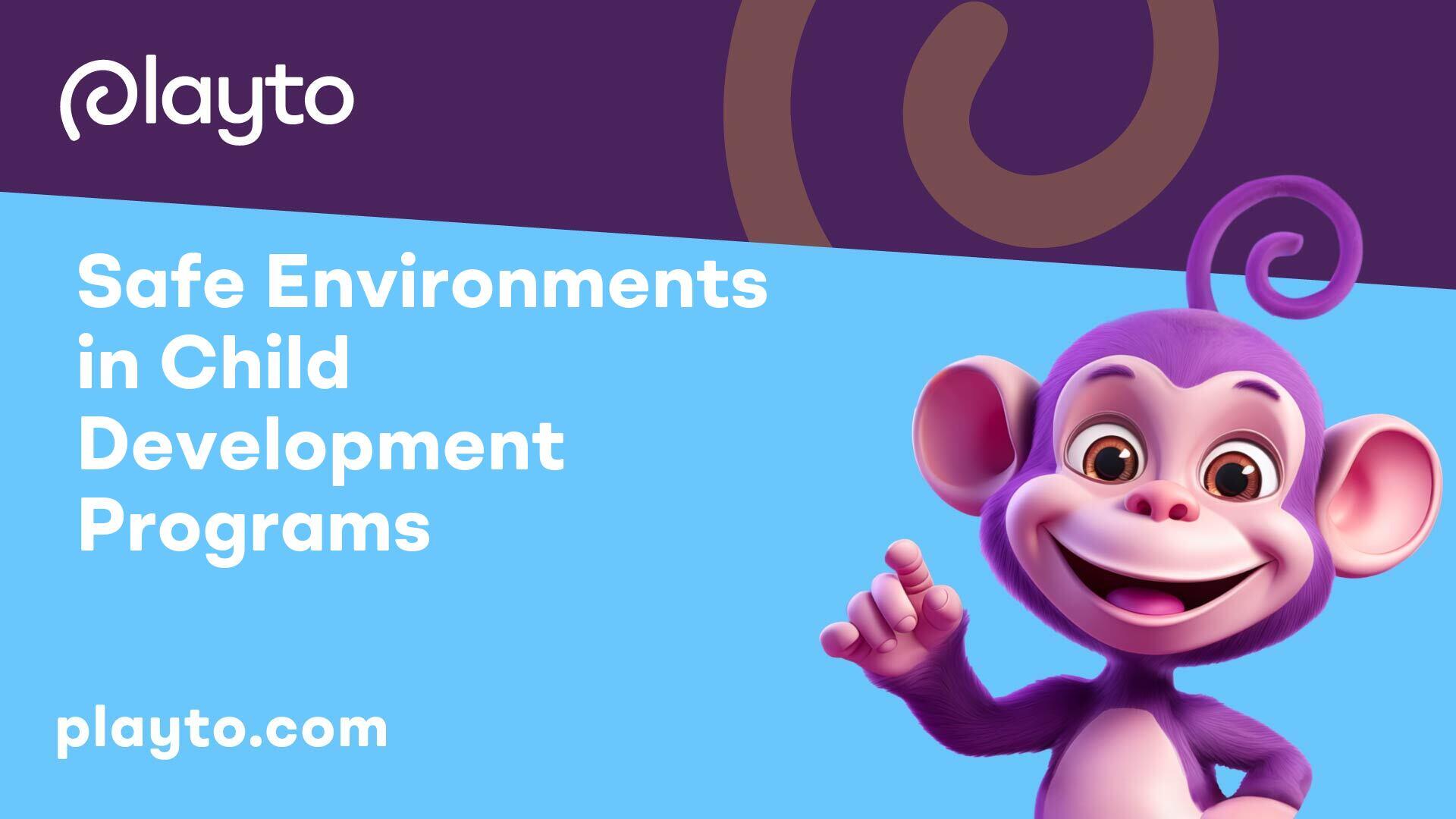
Safe Environments in Child Development Programs
In evaluating toddler daycare programs, ensuring a safe and conducive environment for children is paramount. This includes considerations such as group sizes, adult-to-child ratios, and the balance between structured and unstructured play.
Group Sizes and Adult-to-Child Ratios
Child development programs maintain specific group sizes and adult-to-child ratios to foster a safe environment and facilitate meaningful interaction among children. These measures not only promote socialization and friendship building but also enable caregivers to promptly attend to children's needs. According to the Virtual Lab School, The National Association for the Education of Young Children (NAEYC) recommends the following ratios based on age:
Age GroupMaximum Group SizeRatio4-5 years old20 children1:103 years old18 children1:9
During rest time, it is advised to have at least one adult per group of children. However, additional supervision may be required if many children are awake or if there are special needs among the children [2].
Structured vs. Unstructured Play
Balancing structured and unstructured play is essential in child development programs. While structured play offers valuable learning opportunities and guidance, too much structure can be overwhelming, leading to resistance to new activities. On the other hand, unstructured play allows children to explore and experiment independently, fostering creativity and independence. However, excessive freedom may result in boredom and lack of engagement.
According to Little Tikes Commercial, toddlers typically benefit from around 30 minutes of structured play and an hour of unstructured play each day. This combination promotes cognitive, social, and emotional development while catering to their need for exploration and self-discovery.
By maintaining appropriate group sizes and adult-to-child ratios and offering a balance between structured and unstructured play, child development programs create a safe and fulfilling environment for toddlers to learn, grow, and thrive. These factors contribute significantly to the quality of care and early childhood education provided in daycare settings.

Types of Preschool Programs
When it comes to evaluating toddler daycare programs, understanding the different approaches to early childhood education can provide valuable insights into the kind of learning environment that best suits your child's needs. Two prominent preschool program approaches are the Reggio Emilia approach and the Waldorf preschool program.
Reggio Emilia Approach
The Reggio Emilia approach, which originated in northern Italy, is renowned for its project-based learning methodology that focuses on enriching children holistically and nurturing their emotional and intellectual potential [3]. This approach places a strong emphasis on allowing children to explore and create, fostering their curiosity and creativity.
Key principles of the Reggio Emilia approach include:
- Emergent Curriculum: Curriculum that evolves based on children's interests and experiences, promoting personalized and engaging learning.
- Involvement of Families: Engaging families in their child's learning journey, fostering a collaborative relationship between educators and parents.
- Child-Led Exploration: Encouraging children to take the lead in their learning process, promoting self-expression and independence.
By incorporating these principles, the Reggio Emilia approach creates a dynamic and engaging learning environment that encourages children to be active participants in their educational journey.
Waldorf Preschool Program
The Waldorf preschool program offers a unique blend of structure and creative learning, with a focus on intellectual experimentation and molding well-rounded individuals [3]. This program emphasizes the integration of arts, nature, and experiential learning to foster creativity and critical thinking skills in young children.
Key features of the Waldorf preschool program include:
- Outdoor Emphasis: Providing opportunities for children to connect with nature and engage in outdoor activities to promote physical development and connection to the environment.
- Creative Expression: Encouraging creativity through activities such as painting, storytelling, and imaginative play to nurture artistic and imaginative talents.
- Experiential Learning: Emphasizing hands-on learning experiences to allow children to explore and understand concepts through direct engagement with materials.
By immersing children in a curriculum that values creativity, imagination, and nature, the Waldorf preschool program aims to lay a strong foundation for well-rounded development and a lifelong love for learning.
Understanding the nuances of these preschool program approaches can help parents make informed decisions when evaluating toddler daycare programs. Each approach offers a unique educational philosophy and set of practices, catering to different learning styles and preferences. Explore how these approaches align with your child's developmental needs and educational priorities to support their growth and learning journey.
Exploring Different Program Approaches
When evaluating toddler daycare programs, it's essential to understand the various program approaches available. Two popular approaches that focus on child development and school readiness are the Montessori approach and the HighScope program.
Montessori Approach
The Montessori approach is a renowned child-centered program that emphasizes the role of teachers as learning guides. This approach is designed to promote cognitive, social, and emotional development in children. The Montessori program offers five key study areas, including practical life, sensorial activities, mathematics, language, and cultural studies.
In a Montessori classroom, children are encouraged to engage in independent or group learning activities, fostering self-motivation through individualized learning experiences. The hands-on learning approach allows children to explore concepts through manipulation of materials, promoting a deeper understanding of the subject matter. The Montessori approach aims to cultivate a sense of independence and self-discipline in children, preparing them for future academic endeavors.
To learn more about how the Montessori approach can benefit your child, consider visiting a local Montessori school and observing the classroom environment firsthand.
HighScope Program
The HighScope program is another well-established approach that focuses on engaging children in evidence-based practices to develop school readiness skills. This program places a strong emphasis on playful action, cognitive skill development, and building emotional, social, and cultural bonds within a community-oriented classroom setting.
In a HighScope classroom, teachers serve as partners in the learning process, guiding children through a "play, do, review" sequence. This approach involves engaging children in hands-on projects and activities that encourage exploration and discovery. Teachers support children in setting goals, making choices, and reflecting on their experiences, fostering a sense of independence and ownership over their learning.
The HighScope program aims to create a supportive and inclusive learning environment where children feel empowered to explore their interests and develop critical thinking skills. By incorporating a balance of child-initiated and teacher-led activities, the HighScope program helps children build a strong foundation for success in school and beyond.
By exploring different program approaches like the Montessori approach and the HighScope program, parents can make informed decisions when selecting a toddler daycare program that aligns with their child's developmental needs and learning styles. Each program offers unique benefits and approaches to early childhood education, catering to a diverse range of learners and fostering growth in various areas of development.
Parent Involvement in Learning
Parental involvement plays a significant role in the educational journey of toddlers, especially in the context of preschool programs. One approach that highlights the importance of parent collaboration is the Parent Cooperative Preschool Program.
Parent Cooperative Preschool Program
The Parent Cooperative Preschool Program not only focuses on the child's education but also emphasizes the active involvement of parents and families in the learning process. According to Brightwheel, this program allows parents to be directly engaged in their child’s education by hiring teachers who align with their children’s learning styles. Parents work closely with teachers to ensure a seamless learning experience, contribute to the curriculum, offer insights, and strengthen the parent-child bond.
By actively participating in the academic journey of their children, parents can gain a deeper understanding of the learning environment, establish a supportive partnership with teachers, and make informed decisions regarding their child's development.
Benefits of Creative Activities
Incorporating creative activities into the curriculum of toddler daycare programs offers numerous benefits for young learners. Art and craft activities, as mentioned by Raising Children Network, play a crucial role in enhancing toddlers' fine motor skills, creativity, and self-expression. By engaging in these activities, toddlers can explore their artistic abilities, improve hand-eye coordination, and unleash their imaginations.
Dramatic activities, such as role-playing, provide toddlers with a platform to understand the world around them and develop empathy. Simple props like old clothes, bags, dolls, and toys facilitate engaging in dramatic play, allowing toddlers to imitate adult behaviors and enhance their social and emotional skills.
In the realm of music, singing, and sound activities, toddlers have the opportunity to use words effectively, develop memory recall, and express their emotions. By engaging in music-related activities, toddlers can relax, energize, and learn about different cultures, promoting diversity and equality in a fun and interactive way.
Dance activities offer toddlers an avenue to explore their emotions, body movements, and environment. Through dancing, toddlers can enhance their physical coordination, balance, and rhythm while expressing themselves creatively in response to music or chants.
By involving parents in the learning process and incorporating diverse creative activities, toddler daycare programs can provide a holistic educational experience that nurtures young minds and fosters a love for learning.
Nurturing Toddler Creativity
As toddlers embark on their journey of growth and discovery, engaging in creative activities plays a pivotal role in their learning and development. Through participation in art and craft activities, as well as dramatic, music, and dance activities, toddlers can explore their creative interests, enhance their fine motor skills, and express their emotions.
Art and Craft Activities
Art and craft activities offer toddlers a hands-on approach to learning and self-expression. These activities not only foster creativity but also help in developing fine motor skills and boosting self-esteem. By using everyday objects and clean, recycled items, toddlers can unleash their imagination and bring their artistic visions to life.
These activities provide opportunities for toddlers to experiment with colors, shapes, and textures, allowing them to learn through sensory experiences. However, it is essential to ensure a safe environment by avoiding small objects that may pose choking hazards. Engaging in art and craft projects with your toddler can create bonding moments and strengthen the parent-child relationship.
Dramatic, Music, and Dance Activities
Dramatic activities, such as role-playing and pretending, help toddlers understand the world around them and develop empathy. By providing simple props like old clothes, bags, dolls, and toys, parents and caregivers can encourage toddlers to engage in imaginative play. This form of play aids in enhancing social skills, language development, and emotional understanding.
Music, singing, and sound activities are vital components of a toddler's creative development. Singing along to songs or creating musical sounds helps toddlers express their emotions and develop their language skills. Encouraging diversity in music and play can introduce toddlers to various cultures and promote inclusivity.
Dance activities offer toddlers a dynamic outlet for self-expression and exploration. Through movement and rhythm, toddlers can develop body awareness, coordination, and emotional expression. Simple dance routines and movement activities set to music enable toddlers to engage with their environment and find joy in physical expression.
By incorporating art and craft activities, along with dramatic, music, and dance activities into a toddler's daily routine, parents and caregivers can create a nurturing environment that encourages creativity, self-discovery, and holistic development. These creative outlets not only enhance cognitive and physical skills but also allow toddlers to embrace their individuality and cultivate a love for artistic expression.
References
[1]: https://childcare.gov/consumer-education/how-is-child-care-regulated
[2]: https://www.virtuallabschool.org/preschool/safe-environments/lesson-3
[3]: https://mybrightwheel.com/blog/types-of-preschool-programs
